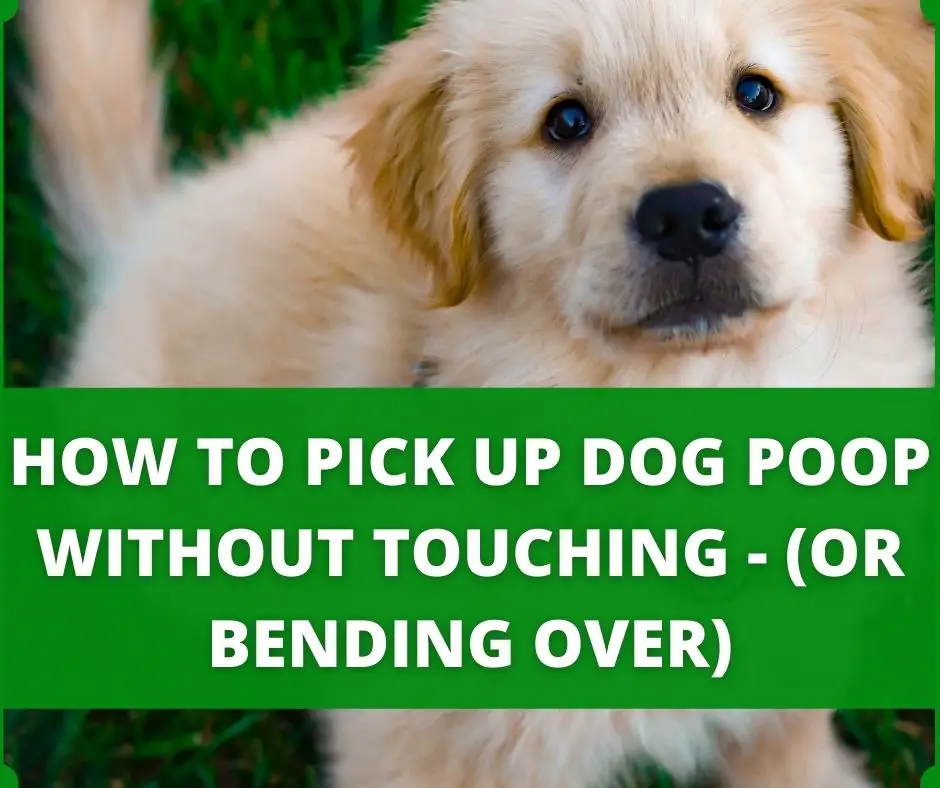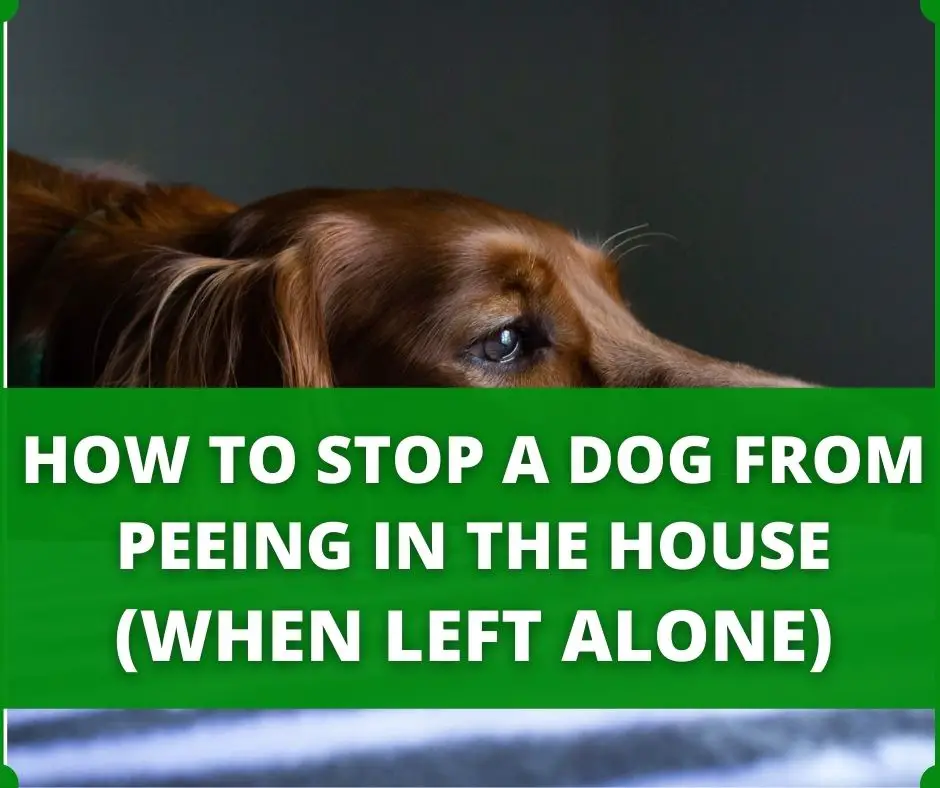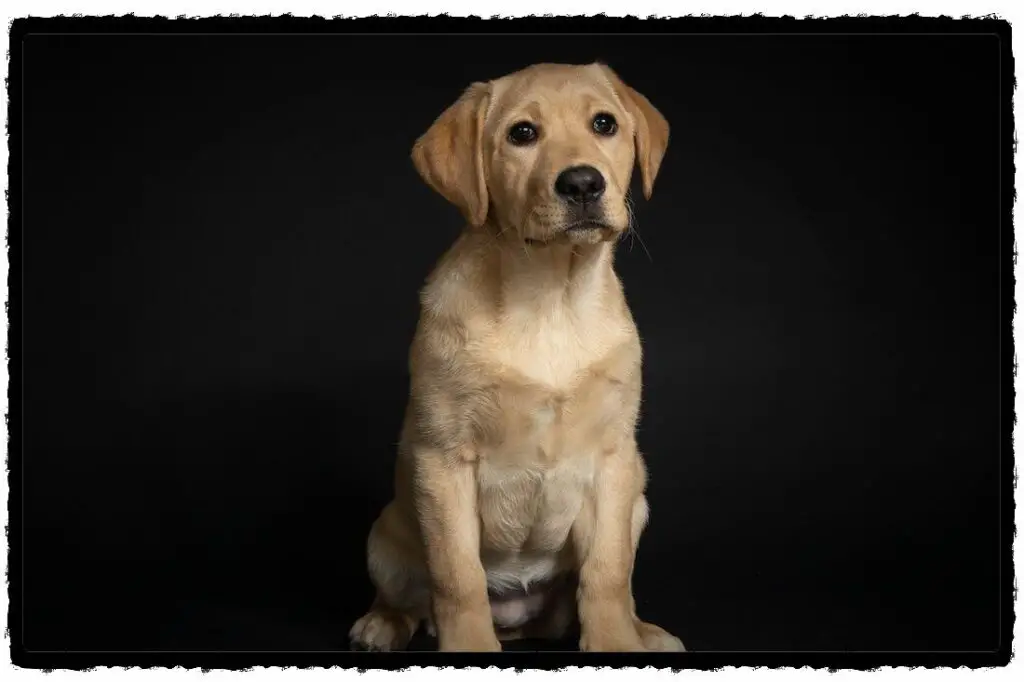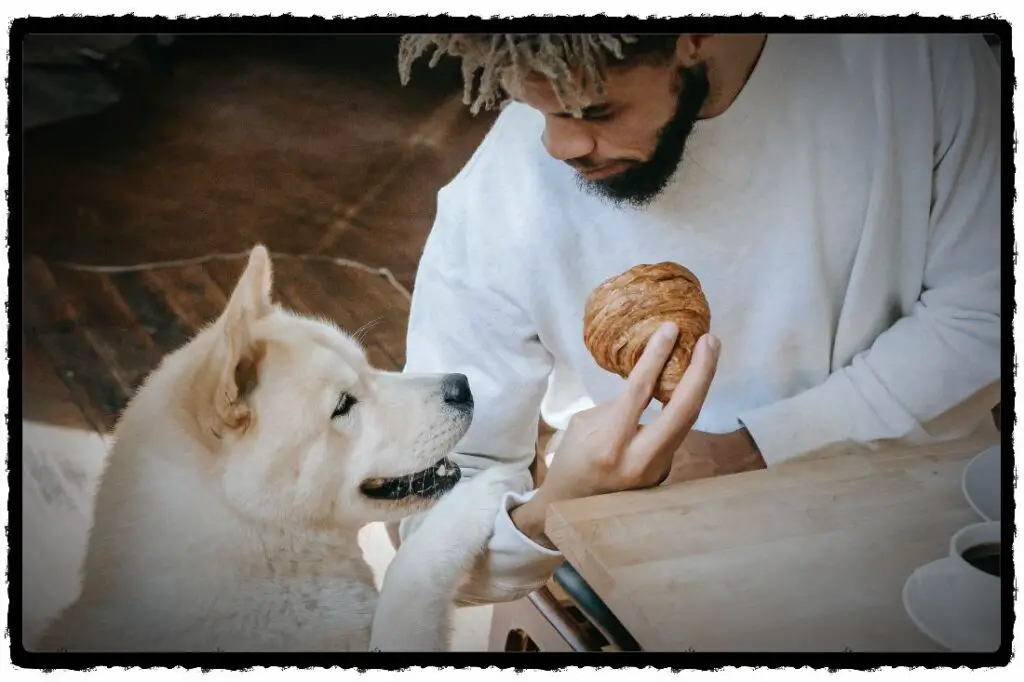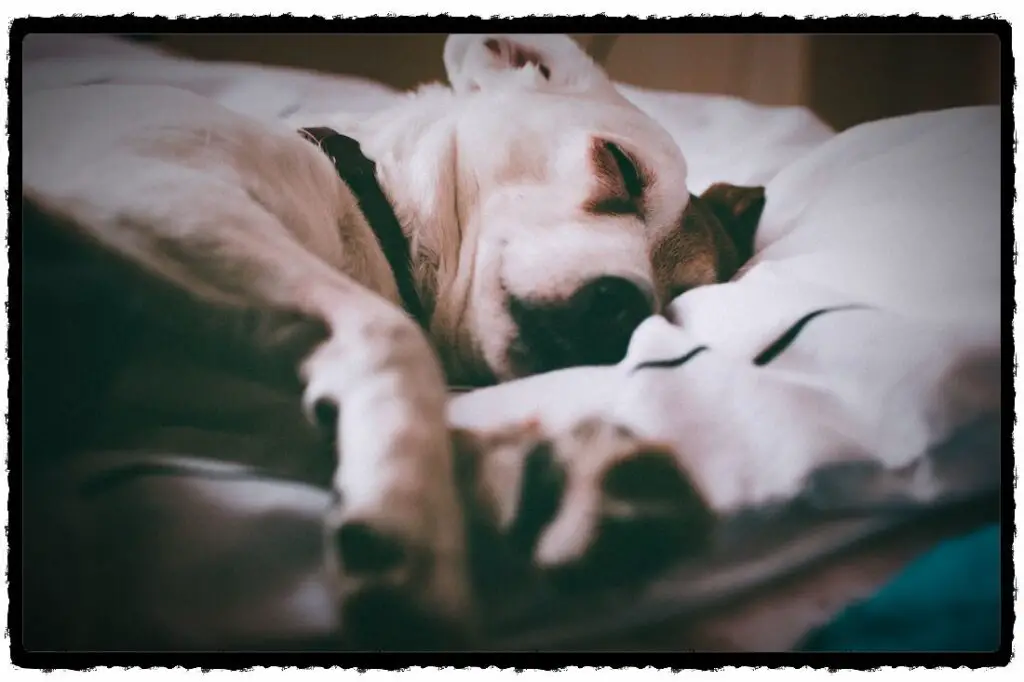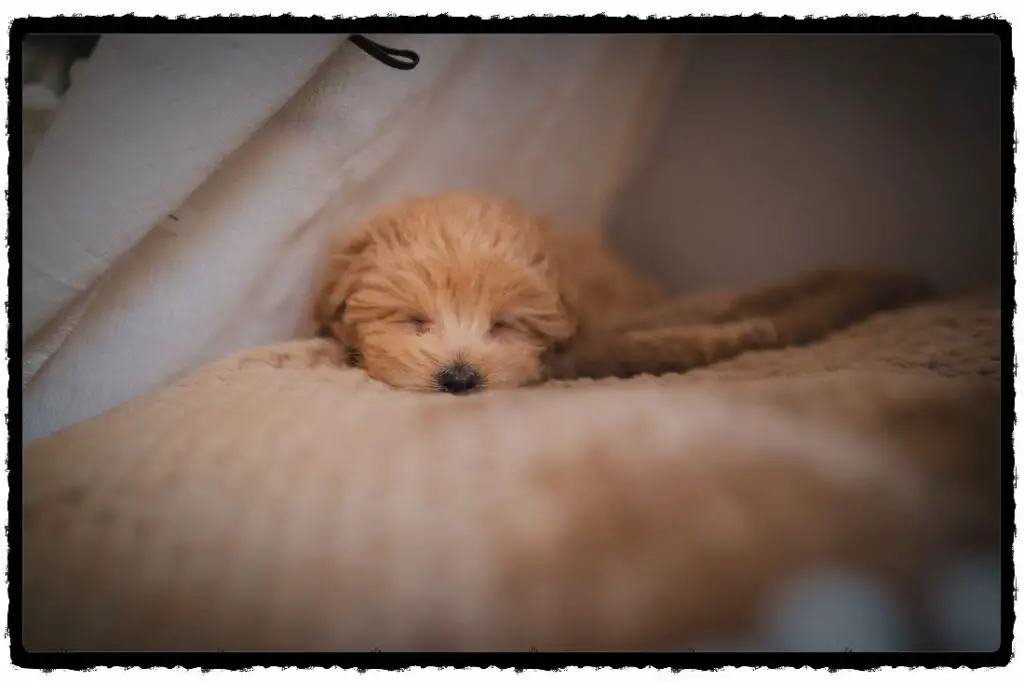Although the best age to start potty training a puppy is around 12 weeks or 3 months. But you may get a dog that is older than this age and is not yet potty trained. Or maybe he was potty trained but due to some reasons, he got regressed and now he needs the training again.
If the dog is rescued, brought from a puppy mill or shelter, he would be a master in fantastically bad potty habits. There are other reasons that can create a need to potty train an older dog, just like moving to a new house or area, welcoming a new pet at home who is not potty trained, or change in household routine.
But don’t worry, potty training an older dog is still very possible. There are a few more challenges but a few more perks are also there. We’ve got you covered.
Quick Navigation
- Challenges of potty training an older dog
- Perks of potty training an older dog
- Things you should check before starting the training
- How to potty train an older dog? (the process)
Challenges of potty training an older dog:
Older dogs come with these challenges when it comes to potty training.
1- Not prone to good potty habits
If your dog is from a shelter, if he was a stray dog, or he is rescued from a mill, he might give you a tougher time because it is very unlikely that he was taught good potty habits.
2- He might be new to living indoor
Living in a house with a family is very different from living in a shelter, a pet store, a puppy mill, or on the streets. If he is new to living with a family in a house, he will require more intense training.
3- He might be sick because of living conditions
Dogs living in unhygienic conditions are much more prone to diseases. He might be sick, he might not be vaccinated. It is possible that he was more prone to UTIs.
4- He might start urine marking
When a dog comes to a new place, he might feel insecure. So, he can start urine marking on certain objects to mark his territory. It’s a natural behavior of dogs.
If there is another dog at home, the bad news is, he might start urine marking too, to show that new dog that this place is “his”. And it will make potty training much more challenging.
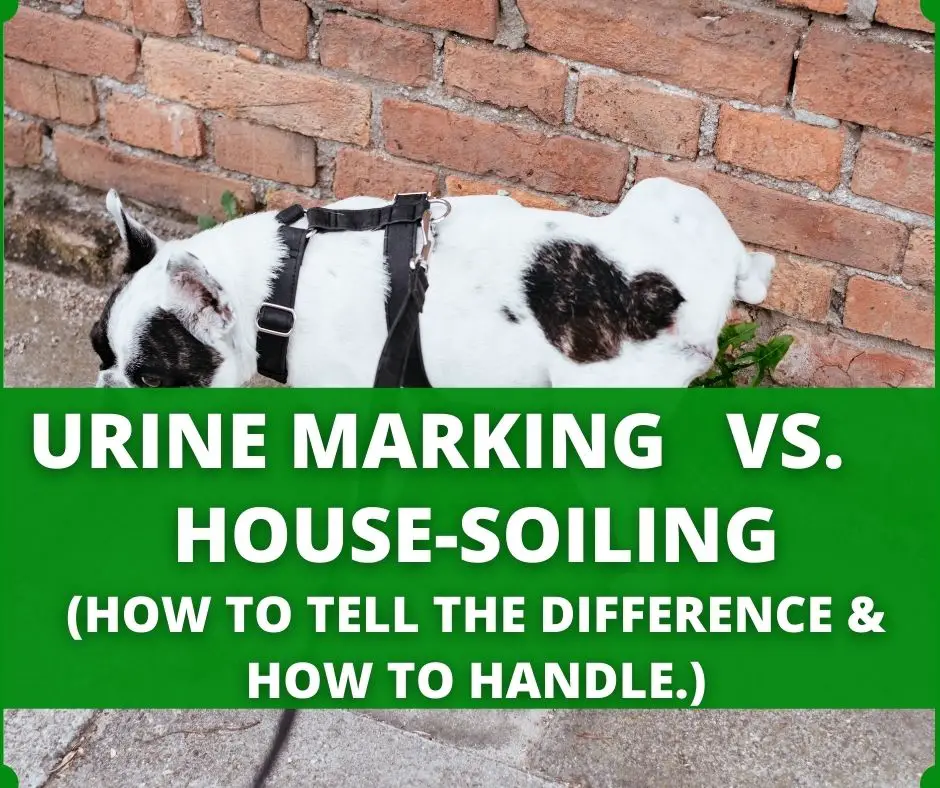
5- He might be surface-specific
Dogs living in the streets or shelters etc used to go on concrete surfaces. Your new dog might not be comfortable with grass or pee pads.
So it is best to first potty train him on his specific surface and after he knows what he is supposed to do, you can slowly transition him to your wanted surface.
Perks of potty training an older dog:
1- They learn quicker
Older dogs learn more quickly than small puppies. So it is highly likely that an older dog will take less time than a small puppy would take.
Read more: How long does it take to potty train a puppy?
2- They have more control over their bladder
Puppies have limited control over their bladder, according to their age. But an older dog, i.e. dogs older than 7-9 months can control their bladders for longer periods of time.
Stray dogs, who don’t have anyone to guide them to control their bladder, will not try to control. They will relieve themselves whenever and wherever they want, but it’s not that they can’t control. You will have to teach them to do so.
3- They are more eager to please you
Puppies have much more energy than older dogs and their main focus is usually playing. But older dogs are more focused on their environment.
If you have successfully bonded with your new dog, he will be much more eager to please you and that will make the potty training process easier and shorter.
4- He won’t dislike extreme weather
If the dog has been living without a home, he would be pretty much used to live in extreme weather such as rain and snow.
He won’t give you a tough time in such situations.
5- They don’t need nighttime breaks
Older dogs can hold it overnight when they are sleeping. So you don’t really need to get up and take them to the spot at night.
But make sure to take them immediately after they wake up before they go to their own chosen place.
Before starting potty training an adult dog, check that:
Before starting to potty train your dog, it’s best to check for these things so you know what to do;
1- Where he has spent his life
It is important to know where he has spent his life. If he is just re-homed or he has been living with you but due to some conditions he got regressed, his re-potty training will be easier.
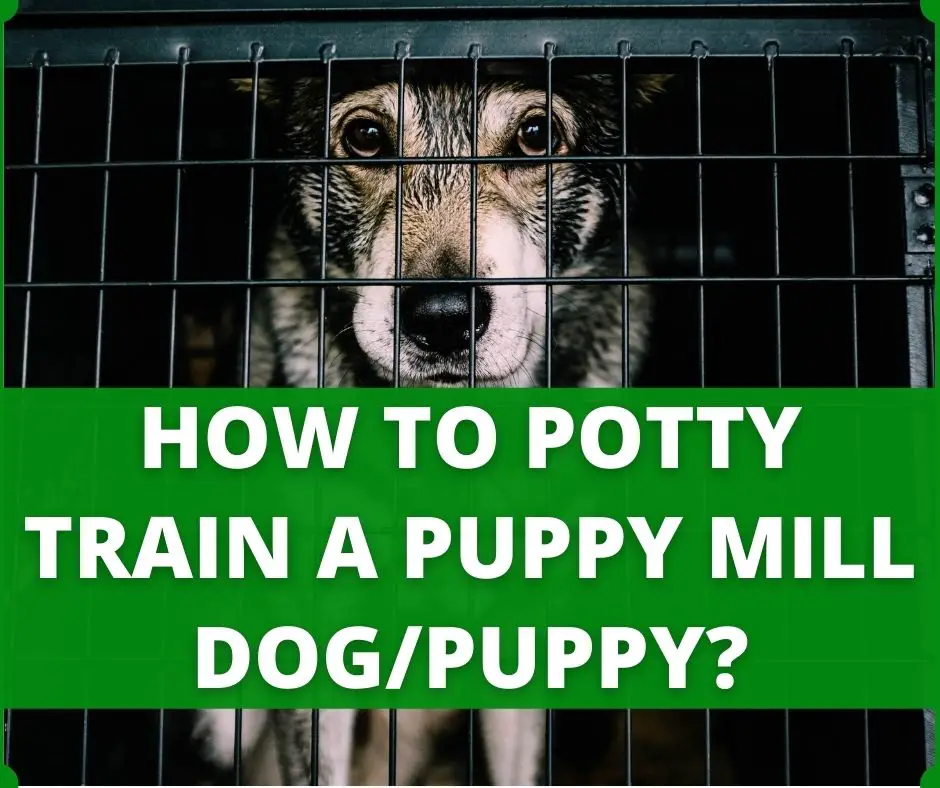
2- How crate works
You must know how the crate works for him.
Puppies living in mills are forced to live in one place with other puppies and they don’t get a chance to go out.
So they become used to relieving themselves on the place where they go to sleep and it’s totally against the nature of dogs.
If your dog is comfortable sleeping in his mess, that is a signal that he is going to need more strict training. And confinement won’t work.
You can’t leave him in the crate while potty training because you have to resist that bad habit.
3- He is medically fit
The very first thing that you should do with your new dog, especially if he is a stray dog or has been living in a puppy mill, is gone! Take him to a vet and get him checked.
Ask your doctor about his health and tell him that you are not sure if he is vaccinated or not.
Your doctor should be able to help you with this issue.
4- He is frightened or punished in past
If your dog is punished for anything in the past or has been a victim of animal abuse, he is more likely to take more time and hard work.
In this case, you should first focus on connecting and making him understand that you are his safe place and he is not going to be hurt anymore.
Read more: How to stay patient with your puppy/dog?
How to potty train an older dog?
After discussing the other relevant information, we are now focusing on how to potty train an older dog?
The process of housetraining is going to be the same as we mentioned in our complete guide for potty training a puppy, but there are few minor changes on the way. So instead of referring you to our guide, we will discuss it here in detail.
“Rule of thumb for potty training a dog is “never allow him to relieve himself where you don’t want him to.”
So here’s how you can potty train an older dog:
1- Confine and play (connect)
The very first thing, you must focus on connecting. Your new dog may have spent his life being abused. He must be frightened so make sure he starts trusting you.
This way he will become eager to please you and the process will be smoother.
The good news is that dogs are much more eager to please their owners as compared to puppies.
The next thing is, make sure to confine him to a specific area of the house until he is fully potty trained.
That area should be a “tiled floor” because that is easier to clean up. Use a playpen or baby gates to confine him.
2- Have all your supplies in your hands
Before starting to potty train, you must have all your supplies needed for the process in your hands. So that at the time of need you don’t have to run.
Here’s the list of all the supplies you need to potty train your puppy.
Best Enzyme Cleaner For Dog Urine – (Considering Surface Type)
3- Fix his eating schedule
Your dog must have a fixed eating schedule.
Dogs need 2-3 meals a day. Many people feed their dogs 2 times a day, which is 12 hours apart, but 3 meals is also not a bad deal.
He should not have access to any food other than his scheduled mealtime.
The same goes for water intake. He should have a fixed drinking schedule too, especially in the beginning until he learns good potty habits.
According to WebMD, a dog needs one ounce of water for every pound of his body weight. Puppies, really active dogs, and lactating dogs need more than this.
Spread this water requirement all over the day and fix the drinking schedule.
4- Fix your command
You must fix one command for the potty so the dog associates it with relieving himself. Just like the word “go potty” is great.
5- Take him to his specific place
Fix a potty spot for him. Most people want their dogs to go outside but some want to use pads because of certain reasons.
If you find your dog not comfortable with grass, take him to the place where he feels comfortable. It can be concrete or something.
Consider cleaning the mess so no one steps on it.
We are asking you to let him go to the potty in his specific place because your first focus should be to set good potty habits.
Once he will learn to go potty outside, you can slowly transition him to your own favorite place.
6- Watch for his signs
You have to keep a hawk-eye on him and watch for the signs that he shows before going to the potty.
The usual cues that dog shows are:
- Sniffing
- Circling
- Barking
- Staring at something or you
- Scratching the door
- Squatting
- Restlessness
- Going away from you while playing
Watch out for what sign he shows. And take notes
7- Take him to potty at these times;
Take him to the potty at these times;
- Immediately after he wakes up
- 5-30 minutes after meals, until you know that after how much time of eating, he goes. Most healthy dogs go within 30 minutes of eating.
- Whenever he shows his cues
- Right before bed or nap time
- Before leaving home
- Every 3-4 hours, if none of the above is happening.
8- Stand boring and let him finish
When you take him to the potty spot, say “go potty” and stand boring.
Do not try to distract your animal with your words or acts.
Dogs are highly distracted creatures, but the good news is dogs are less distracted than puppies.
If you see your dog not finishing his deed and getting distracted, do tell him again “go potty”.
Putting your dog on a leash is a good idea so you can stop him from being distracted.
9- Treat every time he goes potty in the right place
When he finishes doing the deed, immediately give him a treat. Immediately means, within a second. You should have a stock in your pocket, always ready.
Do not think that you will give him treats after reaching home, do this right away so he knows that he is being rewarded for this act.
10- Notice and write down his schedule
It’s best to keep a journal and note down his schedule. Writing down will help you track the pattern your dog follows. You will be able to train him more successfully.
11- Remove water bowel 2 hours before bedtime
Remove the water bowl 2 hours before bed, and take him to the potty right before sleeping. The good news is, you will not have to wake up at night to take him again.
Older dogs can hold it overnight.
12- Take him to potty immediately after he wakes up
Have you had a very good night’s sleep? But you have to be alert in the morning.
As soon as he wakes up, immediately pick him up, if you can, and take him to the potty spot. Don’t go to the toilet by yourself. Your dog will go first. Okay?
13- If got an accident, don’t yell, note down
If your puppy had an accident at home, acknowledge that it was your fault, not his. So be gentle with him.
If you yell at him or punish him, it will do more harm than good. He will do a better job of hiding from you next time when he goes home.
Stay patient
Here’s how you can stay patient and gentle with him.
Clean the accident immediately
You were gentle? Good job!
Now you should clean the mess immediately with a good enzymatic cleaner so your dog doesn’t go to that place again.
Here’s how you can clean the mess perfectly.
The best enzyme cleaner for dog urine (according to the floor surface type)
Check the house for previous accident
You should check the area, where your dog stays, with a UV flashlight to find out if your dog had an accident when you were not there. If you find one, clean it immediately.
So here was almost everything you needed to know about potty training your older dog.
We are pretty sure that if you follow this guide, you will be able to successfully potty train him within a few weeks.
If you want a more wide view of potty training a dog, you can refer to this guide on potty training a puppy.
Read more: What to do if a 6 months old puppy is still not potty trained?
Here’s the method. “How to potty train a puppy – complete guide”

